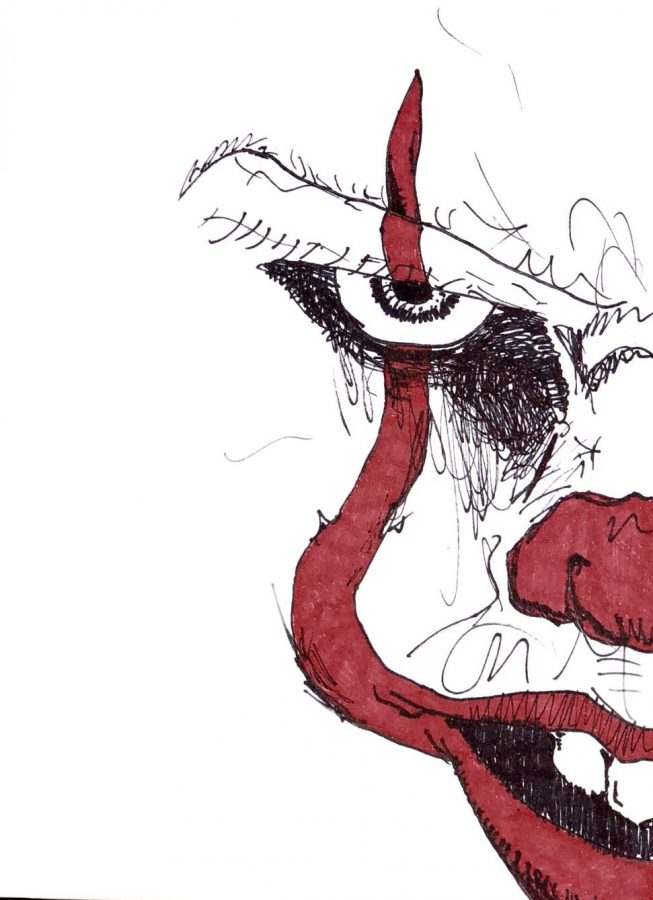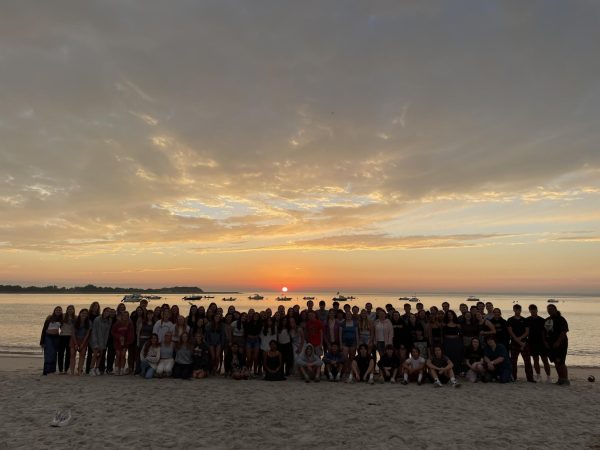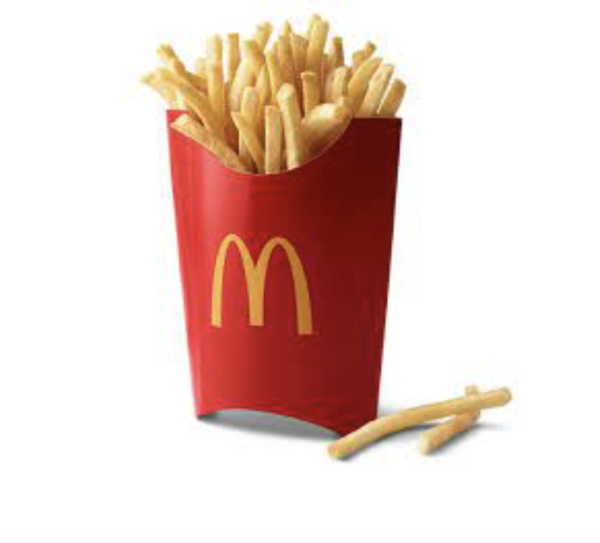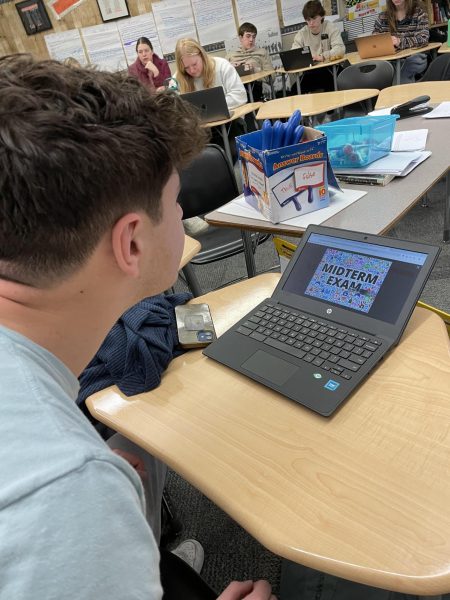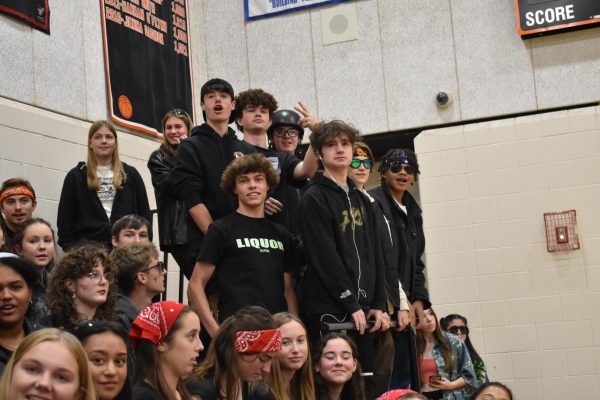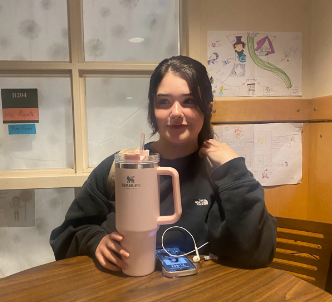The Media’s Oppression of Clowns
January 9, 2019
We are living in a society that fosters the widespread development of coulrophobia, better known as the fear of clowns. Long gone are the days of beloved red-nosed entertainers like Bobo the Clown; nowadays people only ever want to think about clowns when Halloween rolls around or when they go to see the newest horror flick. Since the comedic art of clowning was first pioneered, the image surrounding clowns has gone from one of lighthearted fun and laughter to being one of the most common phobias in the world, and the media is to blame for this drastic transformation. Society fears clowns not because they are inherently frightful, but because the media reinforces our skewed perception of clowns through movies, novels, and social media phenomena that depict these funny fellows as psychopathic killers. This stigmatization has permanently damaged the field of clowning as a whole, and it has brought hard times upon the real clowns who want nothing more than to bring a bit of joy into our increasingly cynical world.
The overused archetype of the malicious clown killer first emerged after the infamous killing spree of John Wayne Gacy in the 1970s, but it started to gain momentum in 1990 with the release of the film adaptation of Stephen King’s horror novel It, which depicts an evil clown entity that terrorizes a small town. People began to view the face-paint, red noses, and wacky hair in a different light. The once goofy and cheerful entertainers came to be seen as little more than inhuman monsters that would make for spooky Halloween costumes. Many people fail to realize the real impact that the media’s gross misrepresentation of clowns has on the livelihoods of genuine entertainers in our day and age. Clowning is not just a passion for modern performers who still spend their lives practicing the art, but it is a means of making money in their everyday lives. The stigma that the media has created around clowns and their profession has made finding work for genuine entertainers increasingly more difficult. Nobody wants to have a clown perform at his or her party anymore
We asked a wide variety of high schoolers from the area about their opinions surrounding clowns and the image that the media has painted for them. The majority of students admitted to being at least slightly afraid of clowns, but many of them were also willing to admit that the media might have had a large part in the development of that phobia. Rowan Rockwell, a senior from Rockport High School, told us, “I would say that my fear of clowns is probably half instinctual and half cultivated by the world around me.” To gain some actual insight into the difficulty that modern clowns face as a result of stigma, we spoke with a real clown from the New England area named Davey the Clown. Davey responded to our questions enthusiastically, and when asked about how the popular fear of clowns has impacted his ability to find work, he told us, “you know, booking performances are not something I worry about too much. What I can tell you is that most of the performances I do these days are at the parties of very young children, and I think that could be partly because, kind of like your saying, young children aren’t exposed to the evil clowns portrayed in the movies.” Davey also told us that even though he maintains a successful career in clowning, he has seen many other performers move on to different life paths because of the decreasing demands for clowns in modern entertainment.
Next time you put on that scary clown mask for Halloween, take a moment to consider the impacts that stereotyping and stigmatization have had on the real clown entertainers who only wish to bring joy to those around them.

